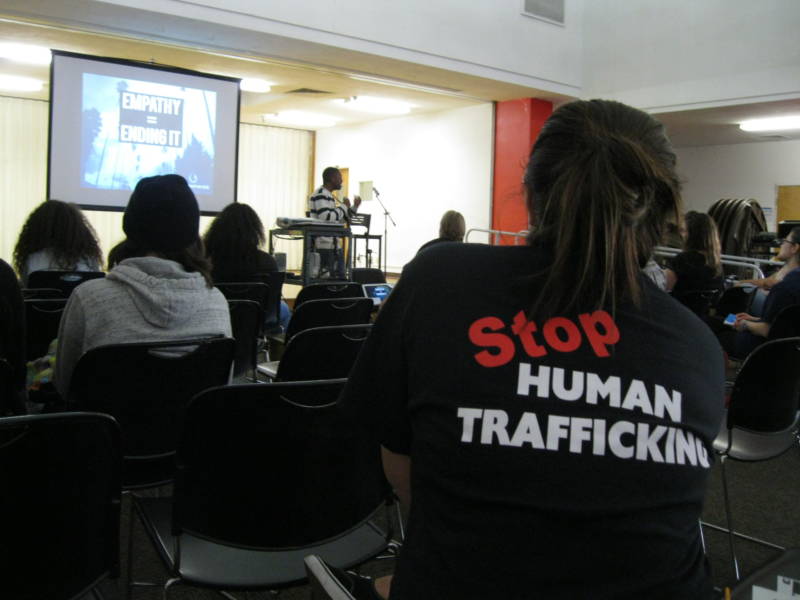
NGOCSTIP – Fighting human trafficking together is essential in the global battle against this heinous crime. Every year, millions of people fall victim to human trafficking, facing severe exploitation, abuse, and forced labor. While governments, law enforcement, and organizations work diligently to combat trafficking, the role of society cannot be ignored. Public involvement is a key factor in identifying and reporting trafficking activities. When individuals and communities work together, they can help protect vulnerable people and disrupt trafficking networks. By raising awareness, providing support to victims, and advocating for stronger laws, society can be a powerful ally in ending human trafficking.
Communities are often the first line of defense against human trafficking. Many trafficked individuals are hidden in plain sight, living among us without our awareness. Public vigilance can make a significant difference in identifying potential victims. Local community members, such as neighbors, teachers, and service providers, are more likely to notice unusual behavior or signs of trafficking. These signs can include physical abuse, lack of identification, or restricted movement. When people are educated on these indicators, they are better equipped to recognize trafficking situations and act accordingly.
Education plays a key role in empowering individuals to recognize trafficking and take action. Public campaigns that raise awareness about trafficking signs are essential. Schools, workplaces, and public spaces can serve as venues for spreading knowledge about this issue. With the rise of digital media, social platforms can also be used to spread information globally. Public awareness helps to create a more informed society, where people understand the warning signs of trafficking and know how to report it safely. When communities are informed, they become active participants in protecting those at risk.
Public involvement also extends to providing support for victims. After identification, victims of trafficking often need various services, including medical care, legal assistance, and emotional support. Society plays a key role in offering this support. Voluntary organizations, shelters, and community groups often provide immediate care for survivors, helping them rebuild their lives. Additionally, the general public can donate to organizations that support trafficking victims, advocate for better policies, and assist in reintegrating survivors into society. A compassionate community provides hope and healing for those affected by trafficking.
Society’s role also extends to advocating for stronger laws and policies. Society can apply public pressure to encourage governments to pass and enforce stricter anti-trafficking laws. Public involvement can push for improvements in legal frameworks that protect victims and hold traffickers accountable. When communities work together, they amplify their voices, calling for better protection and justice. Advocating for change within local, state, and national governments is critical to advancing the fight against human trafficking.
“Read more: Sleep Struggles in Children: Causes, Effects, and Solutions”
Collaboration between the public and private sectors is essential in addressing human trafficking. Businesses, particularly those in hospitality, transportation, and retail, must take part in anti-trafficking efforts. Employees in these industries should receive training to identify trafficking signs and report them. Public-private partnerships can focus on raising awareness, providing support services for victims, and ensuring traffickers face accountability. When both sectors work together, they create a unified front against human trafficking.
In today’s digital age, technology plays an essential role in the fight against human trafficking. Public involvement in supporting technological innovations remains crucial. Online platforms, mobile applications, and social media help track and report suspicious activities. Technology also raises awareness, offers resources for trafficking victims, and gathers information for law enforcement. Furthermore, technology disrupts trafficking networks by identifying and tracking online ads that exploit vulnerable individuals.
Fighting human trafficking requires a collective effort. Fighting human trafficking together involves the involvement of society at all levels—individuals, communities, businesses, and governments. Each part of society plays a crucial role in identifying, preventing, and supporting victims of trafficking. Public awareness, education, and support are essential in empowering individuals to act. Together, society can make a real difference in the fight against human trafficking. By standing united, we can protect the vulnerable, support survivors, and work toward a future free from exploitation.